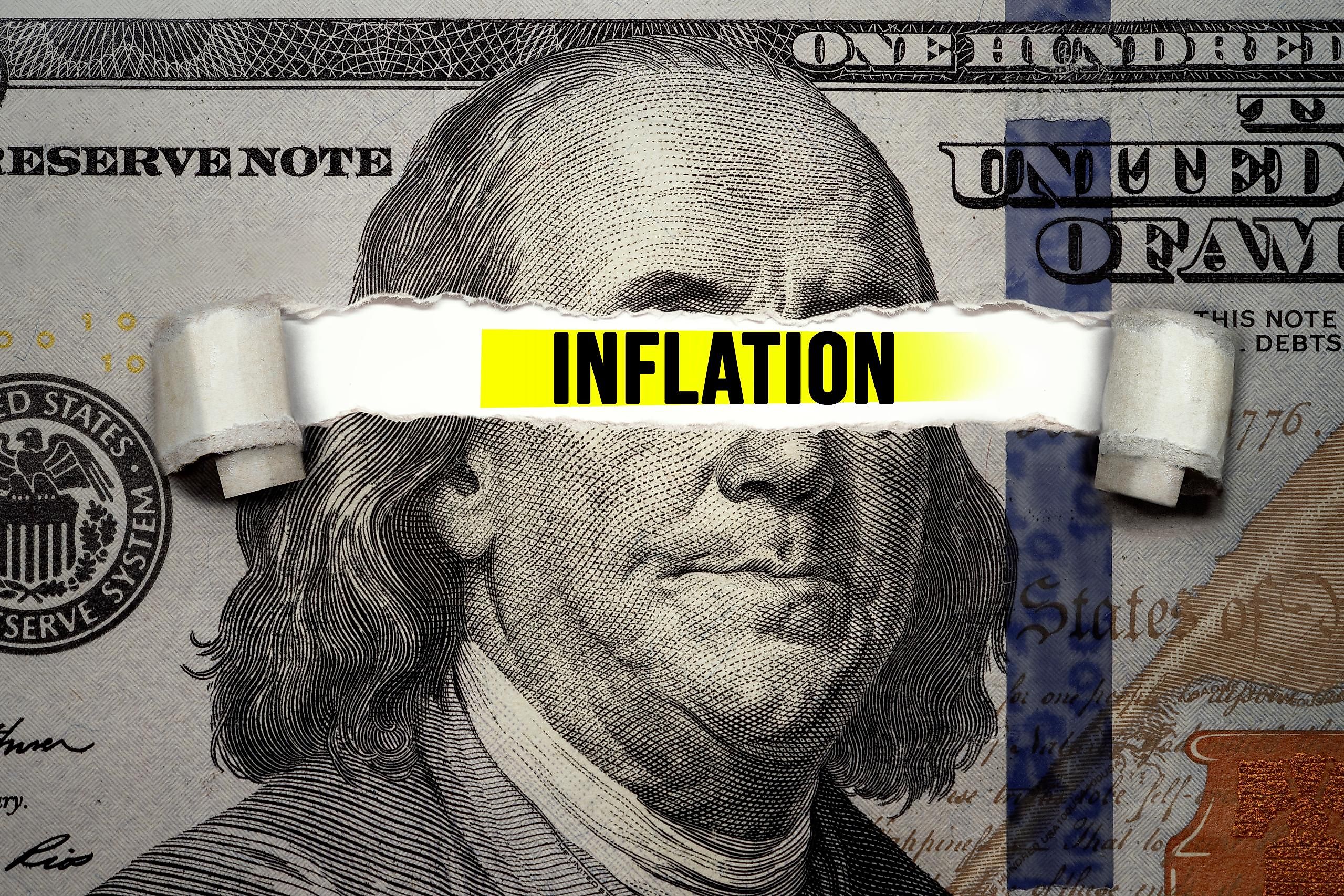
Inflation in the United States: A Brief Overview
Inflation is an increase in prices over a certain period of time. Generally, inflation is a natural part of the economy, and can even help the economy grow as it encourages people to invest their money rather than save it. During economic shocks, however, inflation may rise at uncontrollable rates, restricting the value of people’s money. If there are supply shortages or the demand rises too quickly, then prices increase.
When inflation soars too high, a country’s central bank often opts to raise its interest rates, which makes it more difficult to borrow money. This in turn helps drive down demand and slows down the economy with the aim of bringing inflation back under control. In the 1970s and 1980s, the US faced a prolonged period of high inflation, prompting extraordinary measures to bring prices back down to acceptable levels. Understanding "The Great Inflation" may highlight the road ahead for the world today as it faces unusual levels of inflation once again.
Table of Contents
- The Great Inflation Between 1965 and 1982
- The Volcker Shock: Paul Volcker's Attempts at Lowering Inflation Between 1979 and 1982
- US Inflation Today
- The Effect of Russia's Invasion of Ukraine on US Inflation
The Great Inflation Between 1965 and 1982
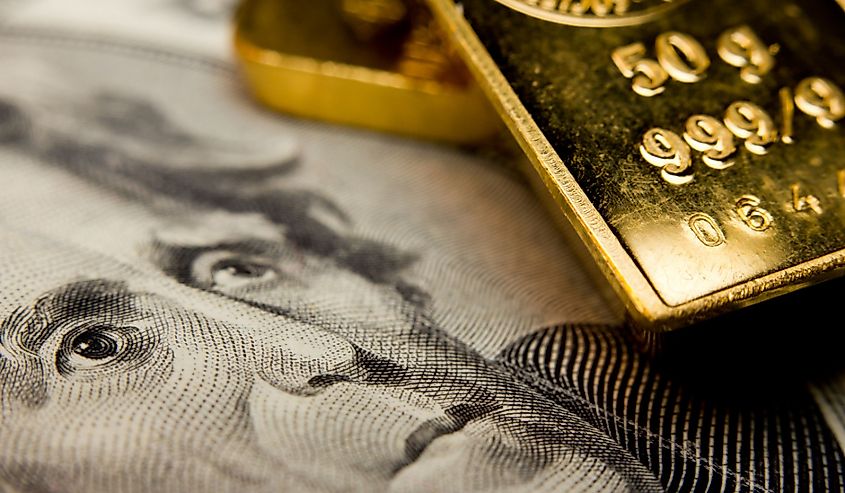
In the US, the current inflation rate is around 6.4%. The last time inflation was this high in the US was during “The Great Inflation” between 1965 and 1982, peaking at around 15% in 1980. Economists dispute the causes of this inflation, but there is general agreement over a few key points. The Federal Reserve, in an attempt to get the country to full employment, had been maintaining a “loose” monetary policy; keeping interest rates low and allowing for a large supply of US dollars to circulate.
However, at the same time, the US dollar was still operating under the "gold standard," whereby the dollar can be converted to gold. This began to concern the Nixon administration, as there was not enough gold to back up dollars in circulation. In 1971, President Nixon ended the dollar’s convertibility to gold, making it a "floating" currency where the market dictates the price. He expected this move to cause inflation, and implemented price controls in an effort to tame it. This did put off inflation temporarily but caused inflation to erupt later on.
Volcker Shock
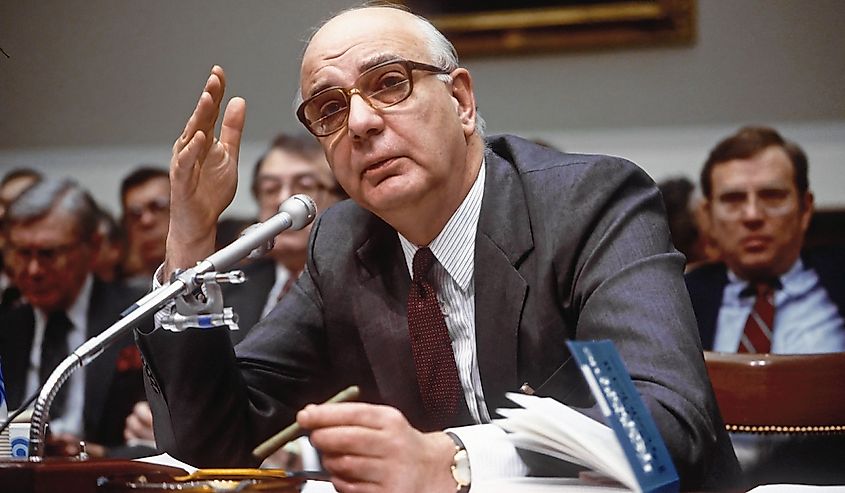
Throughout the next decade, the Federal Reserve maintained low-interest rates, further exacerbating the issue. When Paul Volcker took over as chairman in August 1979, he began to raise interest rates, deciding that reducing inflation will be his ultimate goal. Within months, interest rates shot up to around 15% in April 1980. They lowered temporarily soon after, but then began to rise again in 1981.
Volcker’s dramatic increase in interest rates succeeded in bringing inflation under control. However, his policies, dubbed the "Volcker Shock," resulted in extreme costs to tame inflation. The Volcker Shock caused two recessions with unemployment peaking close to 11% in 1982, and it also hurt developing countries. The high-interest rates meant that they had to pay back much more than they borrowed originally. This, in addition to a generally damaged world economy as a result of the 1970s energy crisis, caused severe debt crises in the third world.
Inflation Today
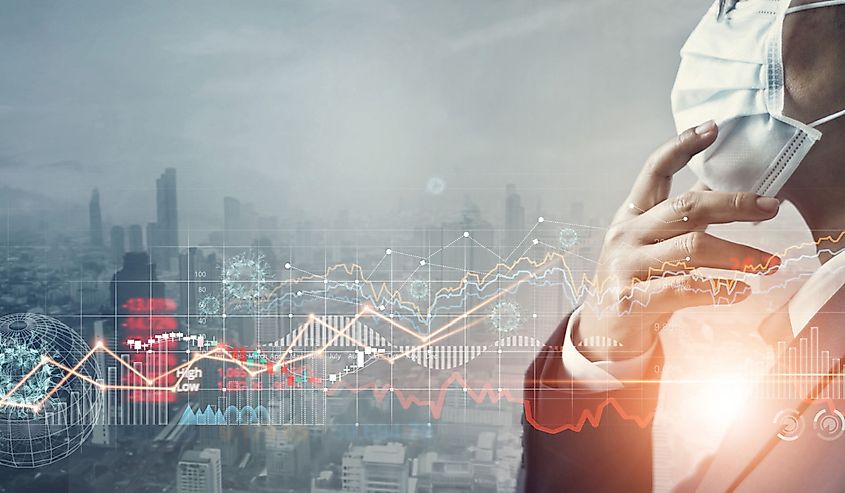
Economists differ in their views on the reason for the inflation the world is witnessing in 2023. Economics is not an exact science, and economists rely on social, academic, moral, and political assumptions that alter their interpretation of economic data. Nevertheless, there are some key factors most economists can agree on as being contributors to inflation, though they may vary in how much weight they accord to each one. Differences in the economic and political context of each country mean that these factors have not had uniform effects across the world.
COVID-19 Pandemic
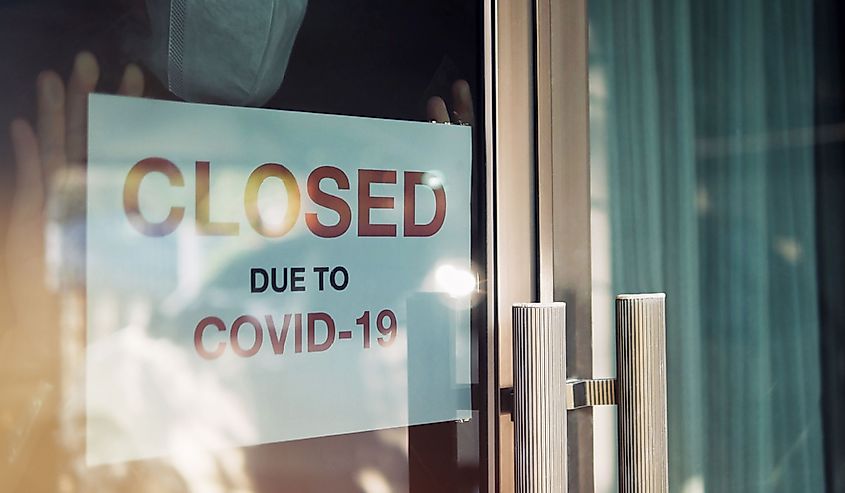
The worldwide implementation of lockdowns during the COVID-19 pandemic continues to affect the economy today. As global supply chains faced disruptions, products increase in price for consumers. In addition, China, as the world’s second-largest exporter, insisted on a "Zero-Covid" policy for much longer than most other countries in the world. Recently, however, China has relaxed its strict anti-Covid measures following large-scale protests, fueling hopes for better global economic recovery.
The measures governments implemented to offset the effects of lockdowns may have also contributed to inflation. Governments have passed major stimulus packages to keep the economy running. While these measures have been crucial in avoiding or limiting disastrous recessions, economists believe that they may have over-corrected, causing the economy to "over-heat," boosting demand at a rate too fast for the economy to adjust to.
Federal Reserve Interest Rates
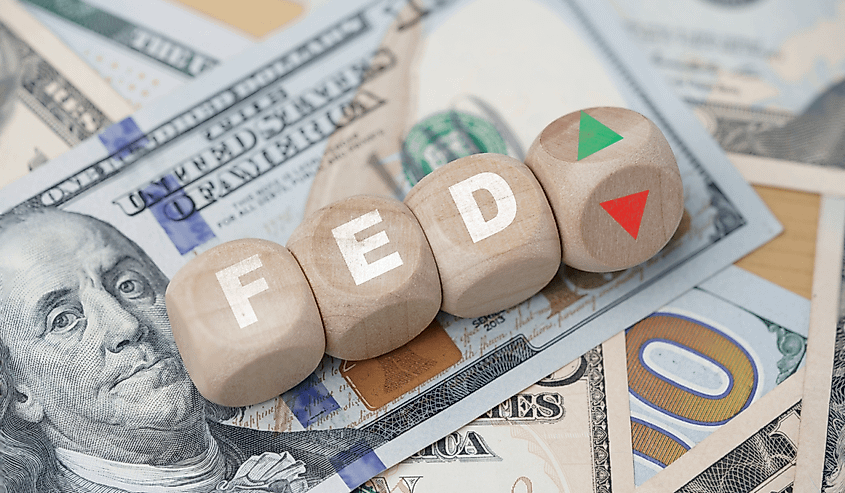
In addition, since the 2008 financial crisis crashed the world economy, central banks have generally been keeping interest rates at historically low rates to encourage economic growth. Interest rates were even lower during the pandemic, hovering around 0%. However, prices began to rise around the middle of 2021, but the Federal Reserve did not begin raising interest rates until March 2022. As of February 2023, the interest rate in the US is 4.5-4.75%. Economists say that the Federal Reserve should have responded earlier to rising prices, instead of belatedly catching up so many months after the inflationary spiral began.
Russia's Invasion of Ukraine
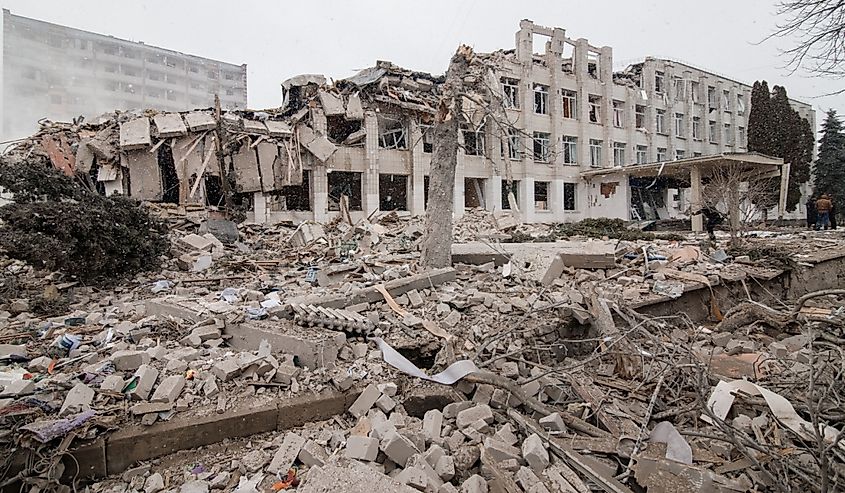
Arguably, the biggest contributor to inflation has been Russia’s ongoing invasion of Ukraine which began in February 2022. North American and European sanctions on Russia in response to the war have caused a global fuel and gas shortage. Since fuel is such a hot commodity, the increase in its price will inevitably lead to large-scale price increases across the board. Russia has also restricted its sale of gas to Europe in retaliation. In addition, Russia and Ukraine were both the source of more than a quarter of the world’s wheat and grain. The war has caused severe food shortages worldwide, making food and crops more expensive.
Conclusion
With inflation levels at their current levels, economists fear that high-interest rates may again be necessary to achieve lower prices. For now, the Federal Reserve is keen to tame inflation without engineering a recession. The current chair, Jerome Powell, is hoping to time interest rate increases in such a way as to achieve a "soft landing," bringing inflation back down to 2% without a dramatic increase in unemployment.
However, the Volcker Shock still haunts economics as a lesson in the deadly costs it could take to achieve that goal. If the Fed's current strategy does not pay off, the US, and consequently, the world, may be due for another economic "shock" before prices return to normal.











